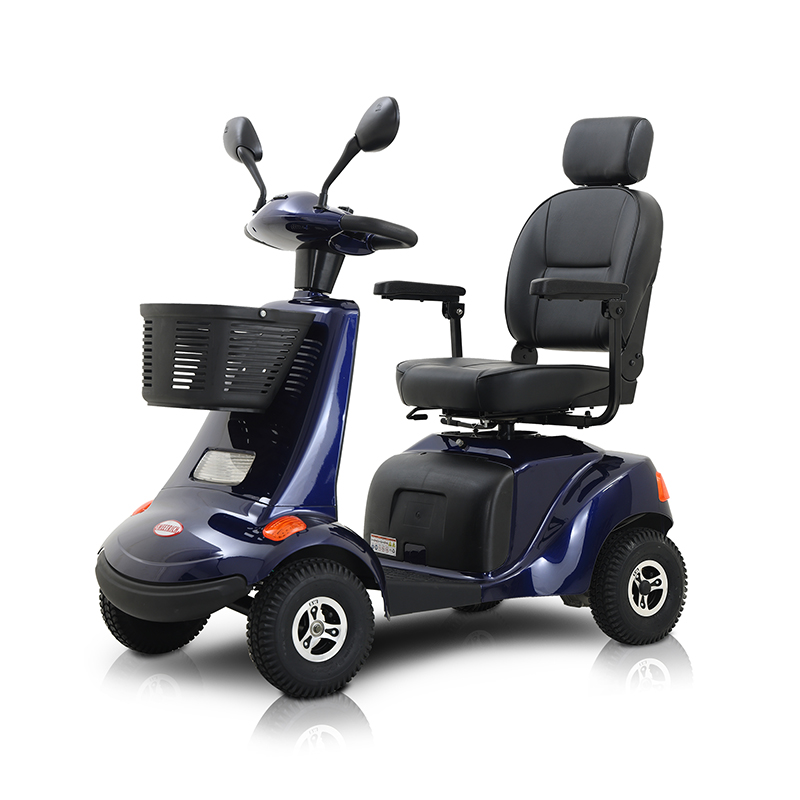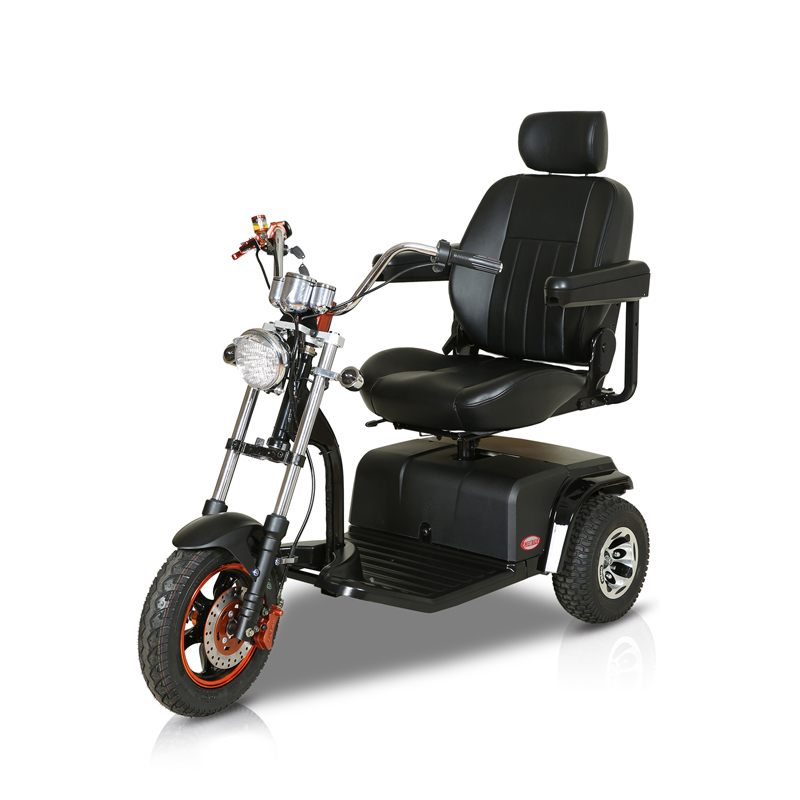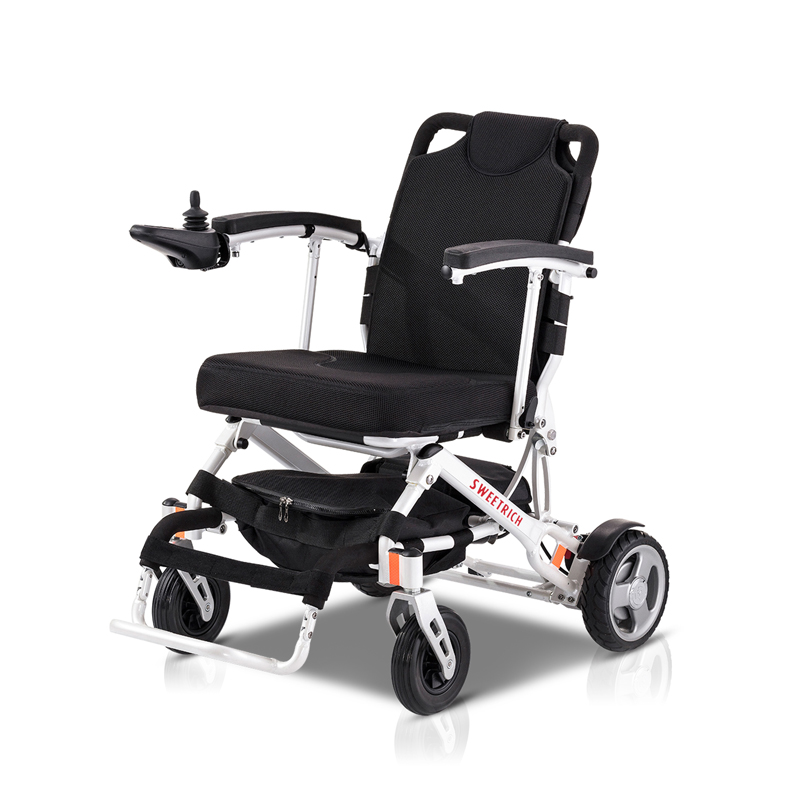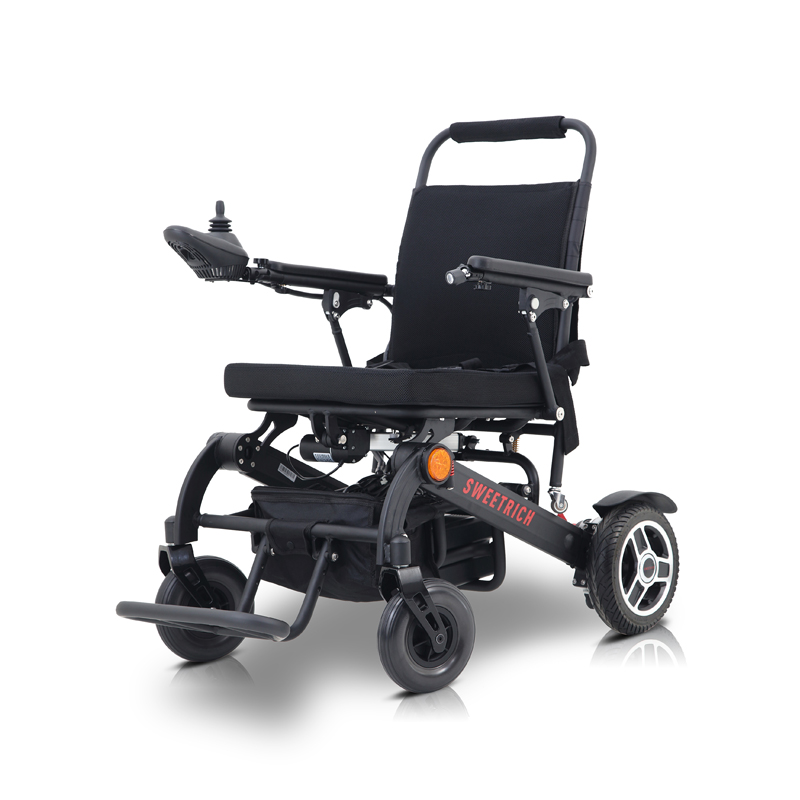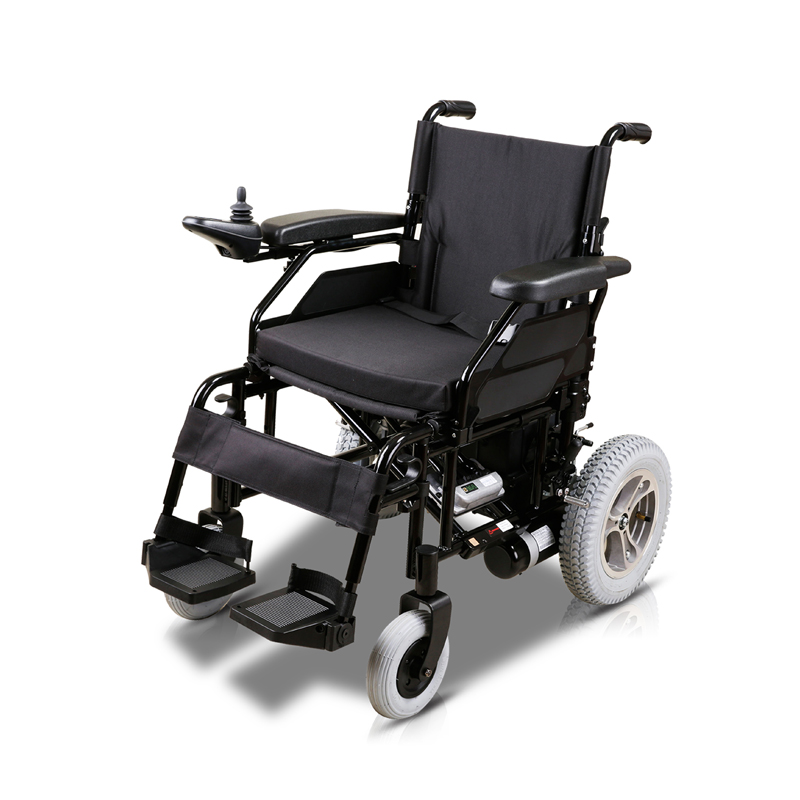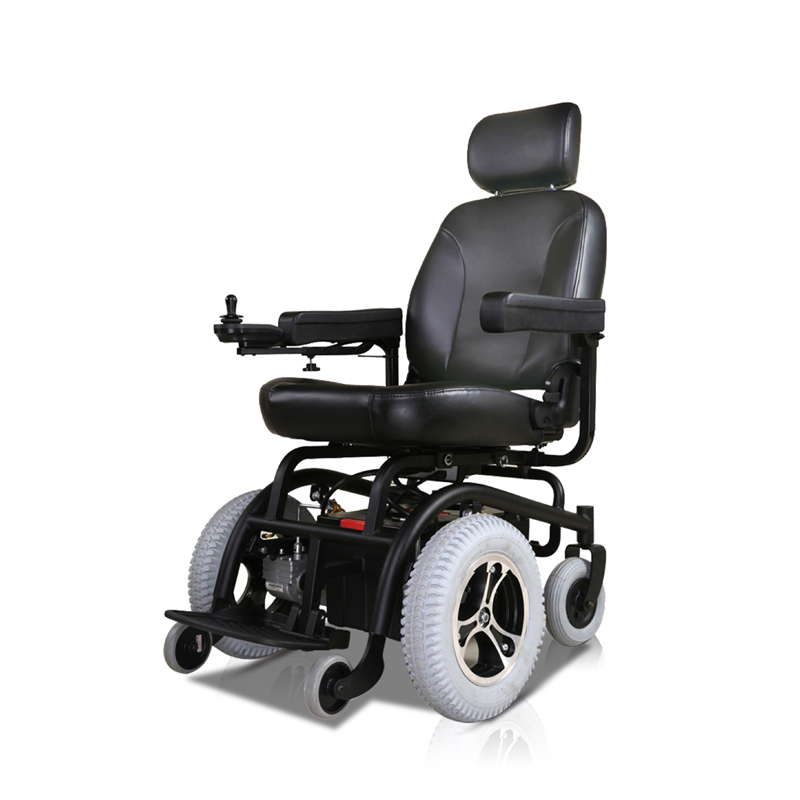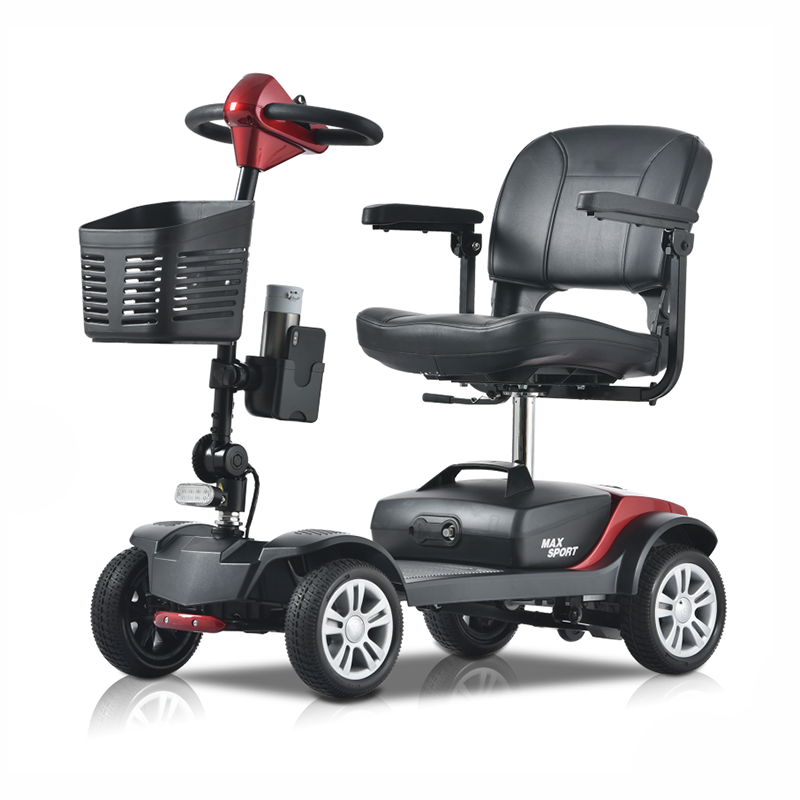Electric mobility scooters have transformed how individuals with limited mobility navigate daily life. With technological advancements, these devices have evolved from basic assistive tools into advanced personal transport solutions. Behind this evolution, a growing number of innovative mobility scooter factory operations are driving improvements in design, comfort, and affordability. As a result, scooters are becoming increasingly favored—not only by older adults but also by younger users seeking flexible and independent travel options. As user expectations evolve, so too does the innovation behind these dependable devices.
Key Trends Shaping the Future of Electric Mobility Scooters
- Integration of Smart Technology
The future of mobility scooters is closely tied to digital connectivity. More manufacturers are adopting features such as app-based control, real-time diagnostics, and voice-command interfaces. These smart technologies enhance user control, deliver maintenance alerts, and provide performance insights—making the overall experience more interactive and efficient. - Enhanced Battery Life and Sustainability
As sustainability gains attention worldwide, energy-efficient solutions are becoming increasingly relevant in mobility tech. Future scooter models are expected to feature battery systems that extend range and reduce charging time. Additionally, there is growing interest in recyclable materials and environmentally conscious production methods. With greater awareness of environmental impact, energy optimization and eco-friendly components are becoming central to design processes. - Advanced Safety Features
Safety remains a key concern for users and caregivers. Next-generation scooters may incorporate features such as automatic obstacle detection, terrain feedback in real time, and integrated lighting for low-visibility conditions. These innovations not only enhance rider confidence but also offer safer travel across various surfaces and environments.
Revolutionary Design Innovations
- Versatile and Adaptive Structures
Upcoming scooter models are being designed with adaptability in mind. Whether for daily commuting, outdoor travel, or indoor navigation, adjustable configurations are becoming essential. From customizable seating to interchangeable accessories, manufacturers are developing scooters that accommodate dynamic lifestyles. - Lightweight and Portable Models
As more users seek mobile travel options, compact and foldable scooters are gaining appeal. Their easy-to-disassemble designs allow greater flexibility, especially for those frequently navigating public spaces or using shared transportation.
Personalization and User-Centered Features
- Customized User Experience
No two users have identical mobility needs. Customization is becoming a valuable feature that enhances the rider experience, offering options that align with individual preferences. Adjustable controls, ergonomic support, and tailored driving modes enable users to adapt their scooters for comfort and usability. - Community-Based Solutions
Shared mobility and inclusive access programs are expanding the real-world application of scooter technology. Cities and healthcare providers are introducing public scooter fleets to serve users with limited access to personal transport. These models encourage inclusion and promote healthier, more active lifestyles.
The Role of Telehealth and Remote Assistance
- Remote Diagnostics and Support
As telemedicine expands, scooters with built-in diagnostic tools can alert caregivers or service providers to issues before they disrupt use. This remote support reduces downtime and enhances safety without requiring on-site service. - Health Monitoring Integration
Future models may incorporate systems to monitor heart rate, temperature, or movement patterns. This seamless fusion of mobility and health services could redefine how assistive devices support aging individuals or those recovering from injury.
Social Shifts and Their Impact on Mobility Tech
- Increased Awareness and Acceptance
Mobility scooters are no longer viewed solely as tools for the elderly or disabled. With greater awareness and reduced stigma, manufacturers are investing in stylish, modern designs to appeal to younger demographics. This shift is expanding the market and encouraging continuous innovation. - The Rise of Inclusive Design
Today’s mobility technologies are embracing diversity. Modern scooters are being designed to accommodate a wider range of physical needs, promoting accessibility beyond one-size-fits-all solutions. This inclusive approach is transforming how these products are developed and perceived.
Challenges Along the Path of Innovation
- Regulatory Compliance
Innovation drives progress, but adherence to safety and quality regulations remains essential. Manufacturers must balance cutting-edge features with regional standards to protect users and build trust in the market. - Affordability and Cost Management
While advanced features improve user experience, pricing remains a concern. To ensure broader accessibility, companies need to rethink production strategies and consider rental, financing, or public subsidy models. Providing budget-friendly options will be crucial for long-term growth.

As electric mobility scooter technology continues to develop, Sweetrich remains committed to delivering products that empower individuals to live independently, safely, and actively. By blending smart systems, ergonomic design, and inclusive innovation, future scooters are not just improving how people move—they’re reshaping freedom of mobility for all ages and abilities.

